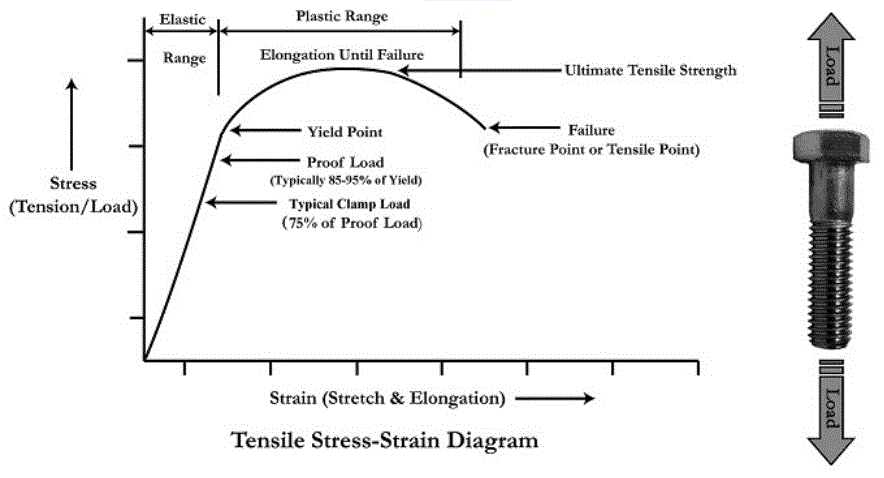- May 16, 2019
- 1,035
- Boat Info
- 07 52 Sedan Bridge, 2019 Brig Falcon 360HT-30HP Honda, 2003 16' Dauntless
- Engines
- Cummins QSM 11 660 HP w/ ZF 325-1A
Very timely - Thanks.
I have my exhaust off see the pics. After indexing the manifold flanges they were out over 0.040 and a lot of pitting so I can see where my leaks were coming from. I set up the mill and trued the flange faces. All going back together with new bolt assemblies as recommended.
View attachment 80121 View attachment 80122 View attachment 80123
Tom:
Noticed you removed the Cooling Plate in this process as well. Did you have a leak or did you feel like you were in that deep and might as well remove/reseal/re-install? My mechanic suggested that cooling plate almost never needs to be removed except in my case where we developed a coolant leak from the plate.
Since I developed this starboard coolant leak it was an easy decision to replace the leaking Manifolds and service the Gear Cooler, Heat Exchanger while we were in there.
Attachments
Last edited:





